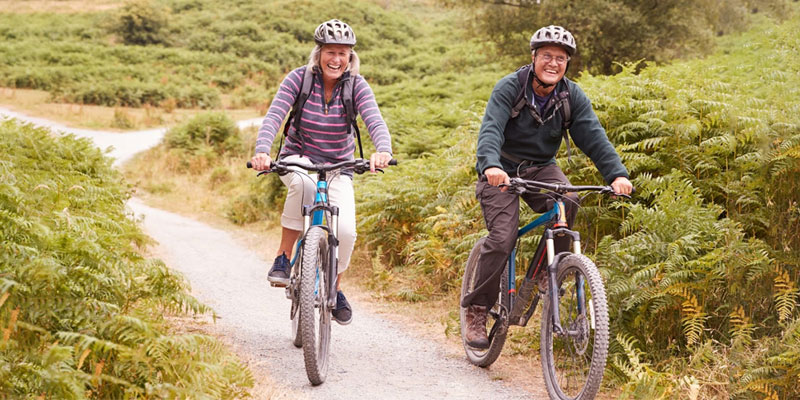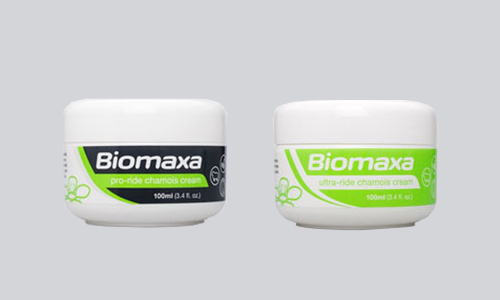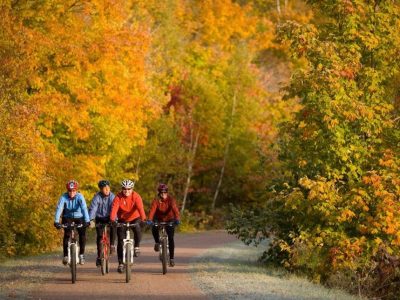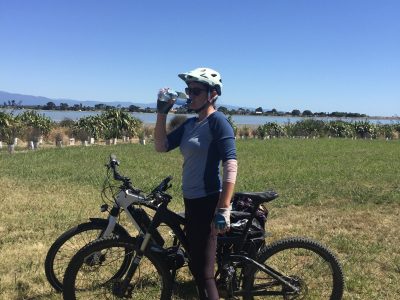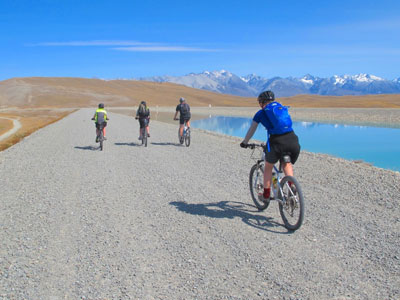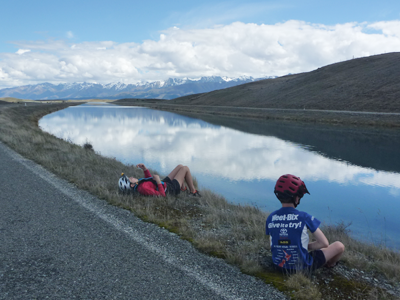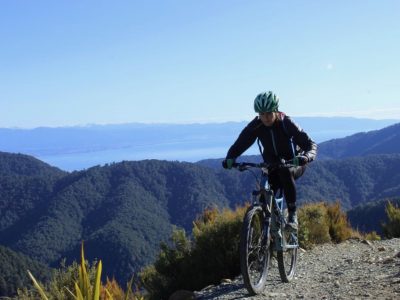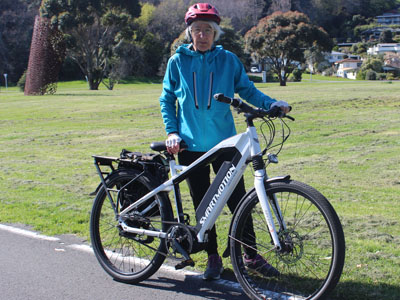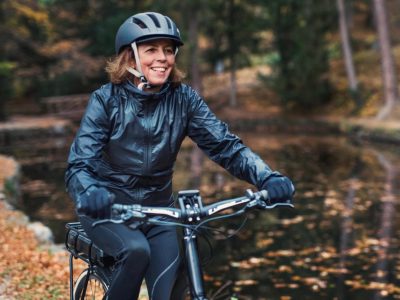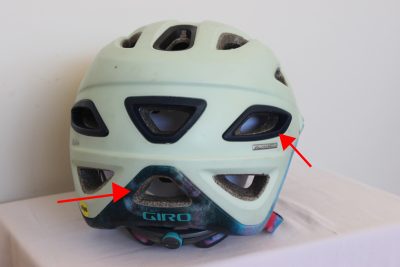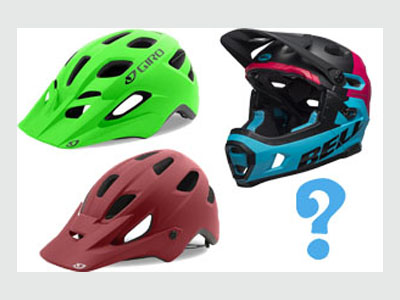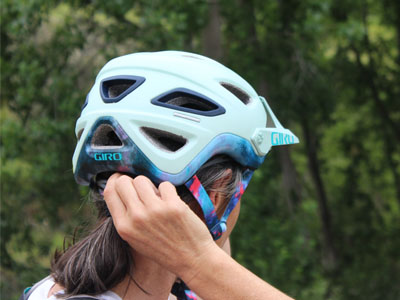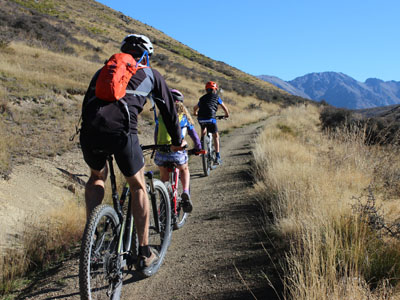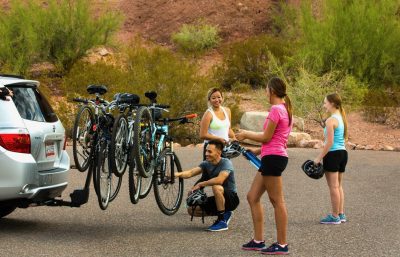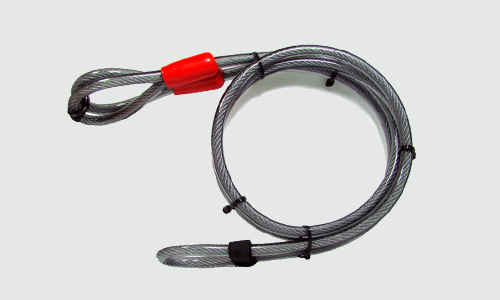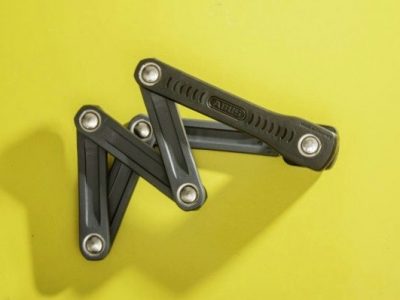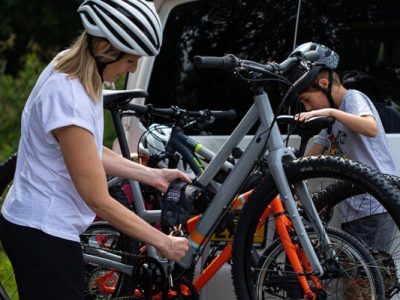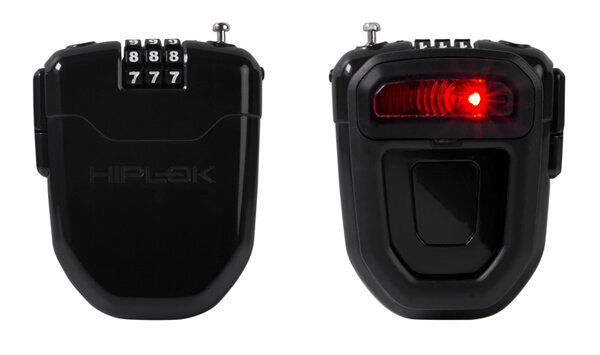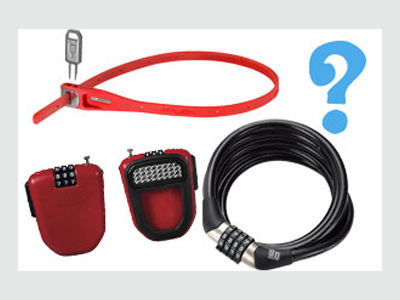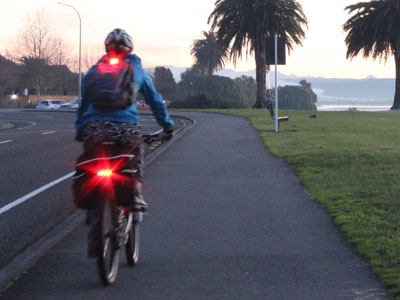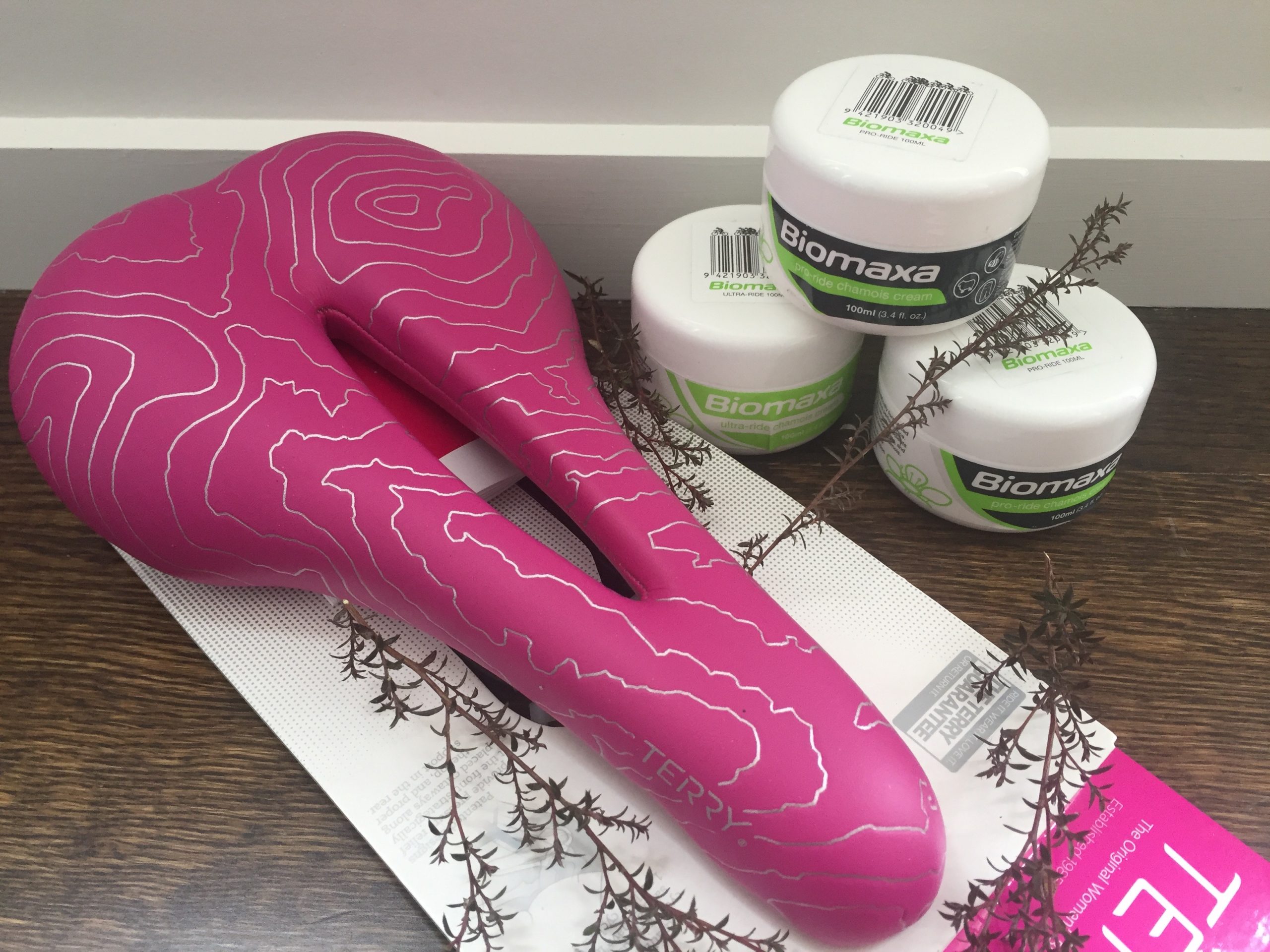
by Annette | Mar 20, 2019 | get Safe
To enjoy your riding you need to be comfortable on your bike seat. For many riders using a chamois cream can be an important part to preventing soreness and maintaining the health of the parts of your body that contact the bike seat.
Bike seat comfort is so important to your riding enjoyment but many riders can find spending time on a saddle unpleasant and a barrier to riding Using a chamois cream can be an important part to your feeling of comfort. It is easy to use and no one is going to know you are using it …unless you choose to share your comfort secrets. So lets understand a bit more about chamois creams and help you determine whether it should be part of your strategy to comfort on the bike.
It is a lubricant that you place between your skin and your riding pants to ease friction, build up of heat and/or pressure. These things happen as you spend time on your bike repeatedly pedaling.
Chamois cream can also be used to soothe & heal symptoms of skin irritation, inflammation and points of tenderness. Chamois creams that are natural (like BioMaxa in the photo) are better for your skin and the health of your whole pelvic environment. Those that include anti-bacterial properties will control build up of problem causing bacteria & reduce infection of your skin and hair follicles.
Who should use chamois cream
Chamois creams can be used by anyone that rides a bike. They are particularly relevant if you are new to cycling, trying to build up distances quickly or “breaking in” a new saddle (getting used to the shape and where the saddle contacts your body).
Chamois creams are often used by cyclists who are planning long rides and/or repeated days of riding. For example; touring, bike packing, multi day riding or regular long commuting. Also by anyone racing long distances or participating in an endurance type event.
A chamois cream works in several different ways
- reduces friction
- minimises inflammation & occurrence of saddle sores
- decreases the likelihood of ingrown hairs caused by rubbing
- stops the build up of bacteria
Use as a Lubricant
This is the best way to use your chamois cream as you are trying to prevent any negative effects of spending time on your bike. You don’t have a problem and want to keep it that way.
Use to Soothe
Keep an eye out for feelings of tenderness and any burning sensations. Pain and discomfort are generally indicators that something is not right. Redness, inflammation, swelling etc…see section below on SADDLE SORES. You will now want to use your chamois cream liberally to assist in your ability to ride in comfort and to prevent worsening of the issue. After cleaning post ride consider using small amounts to assist with healing.
Use to Heal
If you do have an issue it will be as a result of time riding and sometimes it is just one of those things that riders have to deal with. Some riders are more susceptible to skin irritations. If you have a problem it means it’s time to rest. Keep the problem area clean and well ventilated. A natural chamois cream can now really help with the speed of your recovery.
The main thing that chamois creams are trying to prevent is saddle sores. The definition of a saddle sore covers several different forms of irritation to the skin. A saddle sore is the outcome of the combination of heat, pressure and friction created while riding a bike. It can present in several different forms. The most common are
- hard painful lumps
- fluid filled cysts or abrasions (like a friction burn)
- infected hair follicles
Prevention is the best action
Using a natural chamois cream is the best form of protection from getting a saddle sore. If you are serious about the health of this region of your body you must also consider your saddle and your padded riding pants. Do they both support comfort for the type of riding that you are doing? Saddles and padded pants come in all sorts of designs so it is best to match their features to your riding style.
A selection of riding stories, support & solutions that will make you SMILE.
Choose the season you want to learn about… Summer, Spring, Autumn or Winter.
Have the protection and safety you need to feel confident riding on easy trails & bike paths.
Read Annettes experience riding the Alps to Ocean
Have the protection and safety you need to feel confident riding on a NZ Cycle Trail.
Have the protection and safety you need to feel confident mountain bike riding.
Have the protection and safety you need to feel confident riding in the back country or on isolated trails.
Great read for those new to riding an E-Bike. Be successful every time you ride
Want more from your riding?
Be supported to Ride as a Family, Progress Your Riding and/or receive Seasonal Inspiration. So you can SMILE when you ride.
All new members are automatically entered into our Seasonal Prize Draw.
Support & Inspire other riders and families
Share your riding outings, adventures and experiences on our quick and easy question and answer forms. Join us in helping others ride bikes.
All entries are automatically entered into our Seasonal Prize Draw.

by Annette | Feb 20, 2019 | get Safe
E-Bikes can travel at speed. To help support your safety you need to wear gear that will protect you at these speeds. So what type of helmet do you need to keep you safe on your E-bike?
Supporting you and your family to SMILE when you ride.
Riding an E-Bike is a different experience to a standard bike. This is for a number of reasons but the thing you notice the most is how easy it is to go fast. To safely ride at a greater speed you need to be more aware of your surroundings and ride in a defensive way. If you were to get into an accident it would happen at speed giving you less reaction time and increasing the forces of impact. This means you need to be equipped with gear that will do a good job of protecting you.
The best E-Bike helmet should have the ability to give you this type of protection.
The best E-Bike helmet should provide visibility, so others can see you when you are travelling at speed.
Does an E- Bike Helmet need to be different to a standard helmet?
While your helmet does not need to be a special helmet we do recommend a performance helmet with the design features a fast road rider or technical mountain biker would expect – good impact absorption, added protection from rotational forces (MIPS) and a wrapped or molded liner.
There are certified E-Bike helmets in the international market. This means they have been designed to match the type of impacts an E-Bike rider can create in an accident….greater impact force due to greater speeds. (E-Bikes can regularly reach speeds of 45km/hr or more). These specific E-bike helmets have greater head coverage, some including ear coverage, molded or wrapped liners and thicker liners to match the potential for greater impact force.
This is a rapidly expanding area for bike helmet brands so we can expect some new helmets to be released into the market and hopefully into NZ as well.
Features of an E-Bike Helmet (Performance Level Helmet)
Materials
The inner liner of a helmet, the foam, EPS (Expanded Polystyrene) is important. The foam is what manages the energy of your crash. The foam a helmet is constructed from can be very different from helmet to helmet. This is where a lot of the hidden benefits in a performance helmet can be found. The foam in a helmet absorbs any impact. When this foam has been strengthened, thickened or doubled in layers you will get better protection. How this liner/foam is attached to the outer shell of your helmet also gives you better strength as it keeps the helmet together. The photo shows an example of wrap molding on a helmet which adds significant strength to the helmet.
Design
The shape of the bike helmet. should give you good head coverage and it is smooth and round like your skull/head. Your helmet needs to stay on your head in an impact so a quality adjustment system will allow you to fit the helmet to your head.
- good quality liner (EPS foam) that has had strengthening added
- good head coverage, sitting low at the side & back of the head
- outer shell should be molded to inner liner not glued or taped
- must have adjustment system to fit to the shape of your head
- MIPS (multi-directional impact system) is recommended. MIPS redirects impact force because it allows the helmet outer to independently rotate
Visiblity
Choose bright colours or patterns for your helmet so others can see you.
You could consider a helmet that has an integrated light or can be popped in and use this light night or day to help you be seen
Choosing an E-Bike Helmet
goRide has selected helmets to match E-Biking. Choose the Helmet that suits the type of E-Biking you do.
What is the right Bike Helmet solution for you? Your success is different to others… use our stories and support, get the right solution
Bike Helmets
Stories and Support – Bike Helmets. Enjoy all our Bike Helmet stories on one easy to navigate page
Bike Helmet Buying Guide
Get tips for buying the right Bike Helmet for the type of riding you do. Learn about fit, sizing and features. Use our Buying Guide and get the right solution.
Mountain Bike Helmet Buying Guide
What is the best MTB helmet for the type of riding you enjoy? There are many factors to consider in your decision. Use our Buying Guide to get the right bike helmet solution.
Learn how to measure for the right size helmet, then adjust that helmet for a great fit.
MIPs Explained
What is MIPS and how does it improve your safety?
The right bike helmet
What features to look for in a helmet to suit your riding
Read stories about NZ trails, tracks and parks. Find our what other families and riders are doing. Be inspired! Is this ride an option for you or your family?
Want more from your riding?
Be supported to Ride as a Family, Progress Your Riding and/or receive Seasonal Inspiration. So you can SMILE when you ride.
All new members are automatically entered into our Seasonal Prize Draw.
Support & Inspire other riders and families
Share your riding outings, adventures and experiences on our quick and easy question and answer forms. Join us in helping others ride bikes.
All entries are automatically entered into our Seasonal Prize Draw.
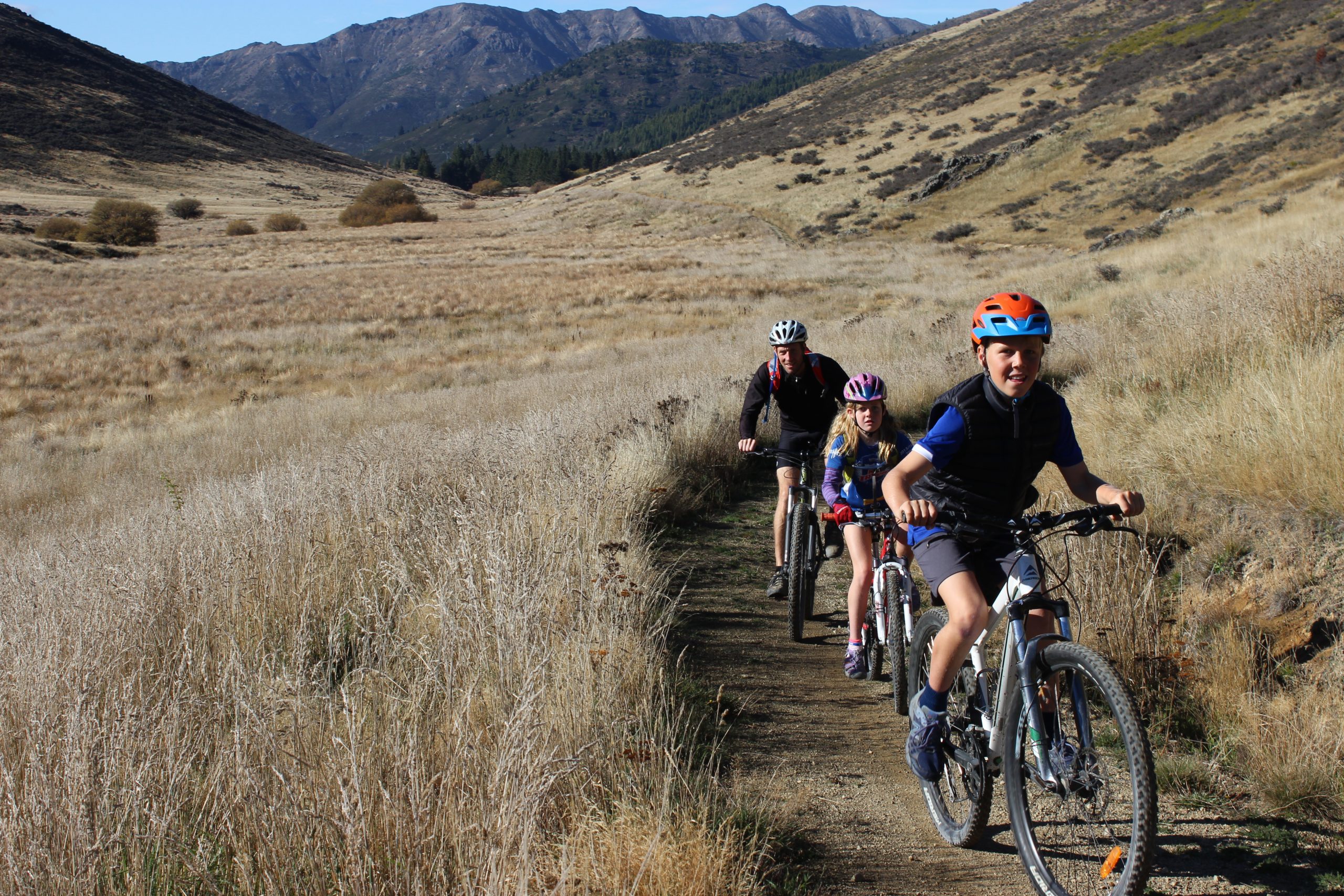
by Annette | Nov 25, 2018 | get Safe
When you are riding with a bunch of bikes and need to lock them up it can be tricky to get all the bikes secured. If you ride regularly with the kids or in a group having length in at least one of your locks really helps. Read on to discover what we recommend…
Supporting you and your family to SMILE when you ride.
Family Riding Environment
The age of your children will influence where it is that you tend to ride with them. Families will generally be exploring interesting, fun kind of areas that are relatively safe from the risk of traffic. Bike paths, off road trails, pump tracks and mountain bike parks are some of the more common types of places you will find yourself when riding with the family. These places can be a bit isolated meaning that there is not a lot of people around. Thieves will either be taking an opportunity or be hitting a regular ‘spot’ they know bikes may be. All you have to do is come prepared by choosing to lock the bikes, if you are going to leave them.
Access to fixed objects will be variable and the types of fixed objects will also vary. For travelling families you will also need to be able to secure your bikes to the car. Or if you are bike touring/multi day riding secure your bikes overnight.
The ability of your group will influence where it is that you tend to ride. Groups could be going for a simple pleasure ride to a destination (cafe, park) or tackling something more serious like an isolated off road trail. Thieves will either be taking an opportunity or be hitting a regular ‘spot’ they know bikes may be. All you have to do is come prepared by choosing to lock the bikes, if you are going to leave them.
Again access to fixed objects will be variable and the types of fixed objects will also vary. For travelling groups you will also need to be able to secure your bikes to the car. Or if you are bike touring/multi day riding secure your bikes overnight.
Best Locks for Family or Group Riding
 Choose Length – Length is your friend when it comes to multiple bikes, 1.5m+. Long cable locks are ideal in this type of situation and with any more than 3 bikes you will probably need more than one long cable lock. One is used to secure all the bikes to each other, the other is used to secure one bike to your fixed object. You will also need a long cable lock if your ‘fixed’ object is a bit unusual which can happen when out exploring with the family – we often use trees. Long non-coiling cable locks are great for car racks to easily thread through the bikes and onto the bike rack – which needs to be securely fixed to the car.
Choose Length – Length is your friend when it comes to multiple bikes, 1.5m+. Long cable locks are ideal in this type of situation and with any more than 3 bikes you will probably need more than one long cable lock. One is used to secure all the bikes to each other, the other is used to secure one bike to your fixed object. You will also need a long cable lock if your ‘fixed’ object is a bit unusual which can happen when out exploring with the family – we often use trees. Long non-coiling cable locks are great for car racks to easily thread through the bikes and onto the bike rack – which needs to be securely fixed to the car.
 Choose Multiple Locks – For all other types of locks (locks without length) you will definitely need more than one. So it could be an option that everyone in the family or group needs to carry their own preferred type of lock and all the bikes are locked up individually. We do recommend locking to the other bikes in this situation making it a headache for thieves by not making it easy to take one bike. Read more about The Best Way to Lock Your Bike to see what might work for you. This also depends on the age of your children and the size of bikes you are dealing with.
Choose Multiple Locks – For all other types of locks (locks without length) you will definitely need more than one. So it could be an option that everyone in the family or group needs to carry their own preferred type of lock and all the bikes are locked up individually. We do recommend locking to the other bikes in this situation making it a headache for thieves by not making it easy to take one bike. Read more about The Best Way to Lock Your Bike to see what might work for you. This also depends on the age of your children and the size of bikes you are dealing with.
Long cable locks give you great length
Multiple coiling locks can be thread through a number of bikes.
Folding locks deal well with unusal shapes and will move through and around several bikes – you will need length
This is a 1.5m chain lock being used on a car to secure bikes overnight or for long periods of time.
Incredibly easy to carry, these low security rated locks may be a great addition to your lock choices. At times it is just great to have a deterrent so your gear can not be easily picked up and taken. Thieves will need tools to deal with any locks so they need to have come prepared. The locks below are great for dealing with your families or groups helmets or just to join bikes together making it more difficult to take a single bike.
Ideal for quick stops in low risk areas – Retractable Thin Cable Lock & Light
Security Ties – Perfect for securing helmets or joining bikes together
Security tie fixing rear bike wheel on car roof rack
Your bike riding success is different to others… use our stories and support, get the right solutions.
What is the best bike lock solution for you? There are many factors to consider in your decision. Use our Buying Guide to get the right solution.
Learn the best way to lock your bike so you get the best security from your lock
How to lock a group of bikes … how to keep them safe
Read stories about NZ trails, tracks and parks. find out what other families and riders are doing. Be inspired! Is this ride an option for you or your family?
There are a range of choices in the bike lock market. Do you understand what you are buying, is it the best choice for you?
Learn about the ratings of bike locks and match the level of lock you need to where you leave your bike and the value of the bike
A collection of stories that will help you learn about bike gear. goRide supports you to get the right bike gear so you can smile when you ride.
Support and inspire other riders and families to ride
Share your riding outings, adventures and experiences on our quick and easy question and answer forms. Join us in helping others ride bikes. All entries receive a free shipping coupon and go into our seasonal prize draw.
goRide supporting women and families to SMILE when you ride
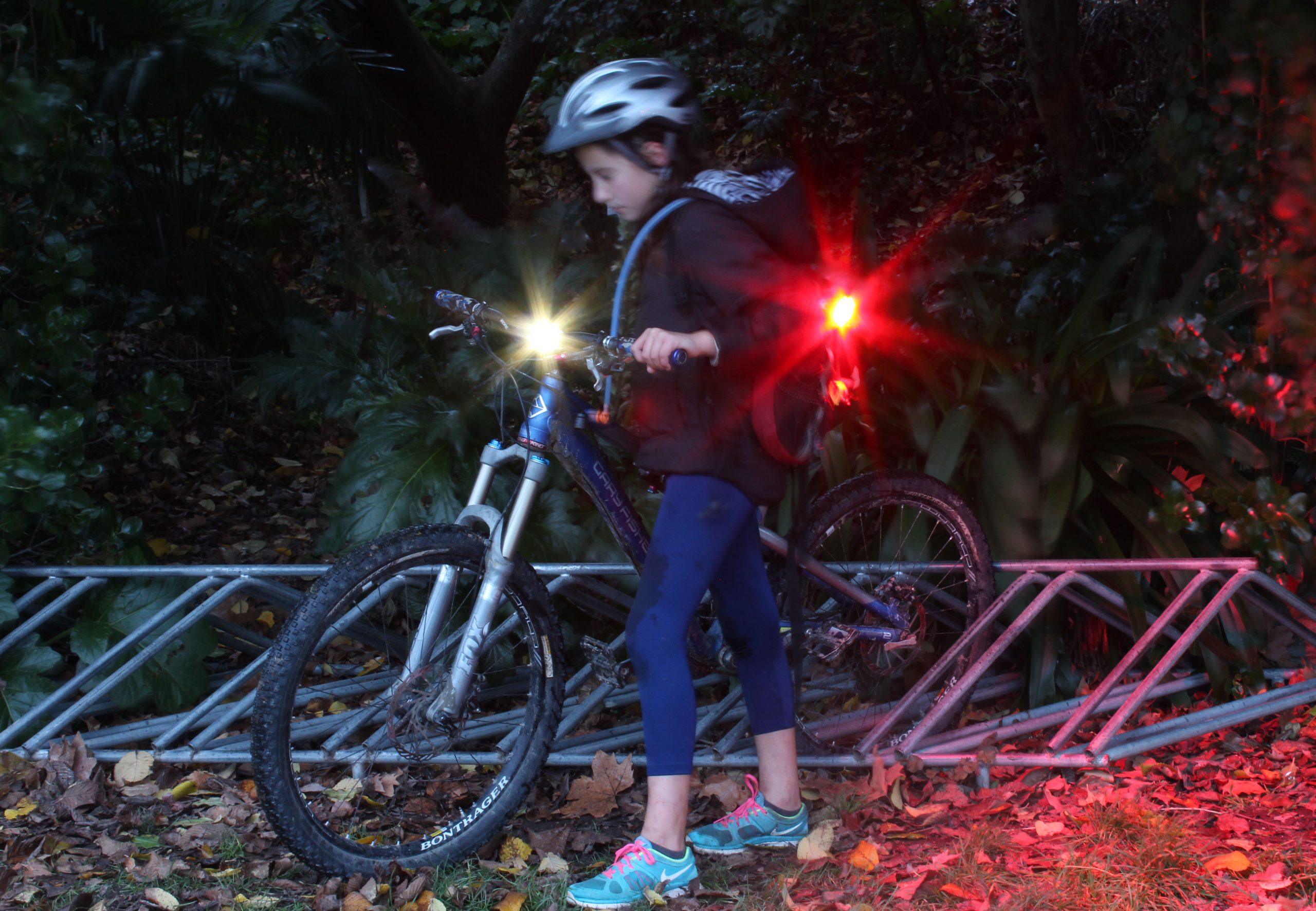
by Jo | May 30, 2018 | get Safe
Bike lights keep you safe. They help you extend when you can ride by helping you to be seen at dawn/dusk, night and in low visibility weather conditions and environments. They also support you to see your surface and the surrounding environment.
Supporting you to SMILE when you ride.
Bike lights vary in;
- the strength of the light,
- how the beam of light is displayed. eg flashing modes versus constant beam
- length of the battery time and the type of battery eg. USB rechargeable or install a battery
- where and how they can be attached to the bike or the rider
- weight and size of the light
Different types of lights suit different riding environments – so it is important to keep you safe you get the right bike light for the type of riding YOU do
Common Urban/Town Riding Needs
There are bike lights that are designed to meet the demands of town riding. Riding in on urban roads that assist you to see your riding environment with street lights.
We suggest lights that will match the demands of a town rider need to provide the following
- Make sure you can be seen when riding in traffic
- Assist to see where you are going. Work with lighting already provided by street lights
- Provide light for greater than your riding time.
- Durable and robust to support regular use
- Can be removed from the bike to avoid being stolen or alternatively permanently attached and only removable with tools
- Need to be waterproof as you may need to ride in the rain.
Now that we have established what a town bike rider needs in a bike light let’s understand what those features look like in
Features of Bike Lights to match your commuting needs
A typical town night ride can see you riding for a reasonable length of time in urban areas that are well lit.

Strength of light for the front and back light – it is the strength of the light (as well as the mode) that will help you to be seen by others. We suggest a front light of greater than 70 lumens and a rear light of greater then 4o lumens that will provide light for the length of your ride time.
To help you be seen in high traffic environments, or poor weather conditions you can also vertical stack your lights, that is:
2 front lights– attached to your handlebars and generally a light attached to the helmet.
2 rear lights– attached to your seatpost and another attached to clothing/bag or helmet.

Battery and life. A USB rechargeable light is a little more of a costly investment but they cost nothing to run…so we hope this means you will use them more often. Not only at night but riding in town in poor weather conditions or in high traffic volumes.
The battery life for the required lumens in your desired mode needs to be greater than your riding time in town. You want to give yourself a bit of flexibility here…you do not want to get caught out. These lights go from working to darkness. A regular charging routine after every use is important and a battery life indicator on the light is also very helpful.

Ease of attaching lights – so you do not hesitate to use your lights. You will need to remove your lights if leaving your bike unintended. The other option is permanently attached lights that need tools to remove so they do not get stolen.

Mode of light – Different modes will offer you different lengths of battery time and provide different uses. Flashing mode is very effective to catch the eye of motorists – letting them you know you are there.
goRide Bike Light Match for Commuting
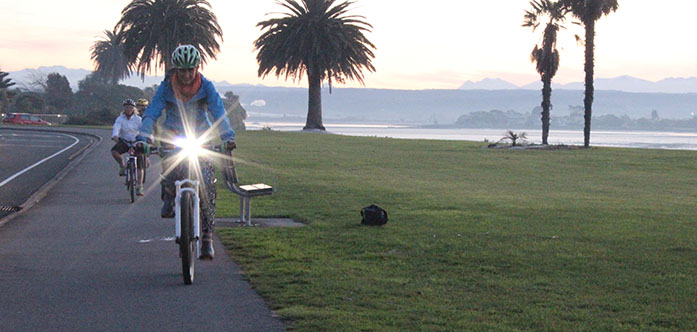
by Jo | May 18, 2018 | get Safe
Bike lights keep you safe. They help you extend when you can ride by helping you to be seen at dawn/dusk, night and in low visibility weather conditions and environments. They also support you to see your surface and the surrounding environment.
Supporting you to SMILE when you ride.
Bike lights vary in;
- the strength of the light,
- how the beam of light is displayed. eg flashing modes versus constant beam
- length of the battery time and the type of battery eg. USB rechargeable or install a battery
- where and how they can be attached to the bike or the rider
- weight and size of the light
Different types of lights suit different riding environments – so it is important to keep you safe you get the right bike light for the type of riding YOU do
Bike lights that meet the needs of a biker who commutes – whether that be commuting to and from work, the library, visiting friends or attending a sports training or meetings we suggest lights that provide the following;
- Support you to be seen when riding in darkness, poorly lit areas and in traffic. Consider the direction/ angle you are visible from. Front/back /side …any angle
- Ensure you can see where you are going in areas of darkness and when away from other assisted lighting eg. street lights
- Provide light for a good length of time (Definitely greater than your commuting time) and provide you with feedback of how much battery life remains
- Durable and robust to support regular use
- Can be removed from the bike to avoid being stolen or (shared with other family members) alternatively permanently attached and only removable with tools
- Need to be waterproof as you may need to ride in the rain.
Now that we have established what a commuter biker needs in a bike light let’s understand what those features look like in a light
Features of Bike Lights to match your commuting needs
A typical commute night ride can see you riding for a reasonable length of time in some well lit areas and areas of darkness on smooth surface to gravel and uneven, pot holed roads

Strength of light for the front light – it is the strength of the light (lumens) that will help you to see and be seen. You will need a front light of 250 – 400 lumens that provides that strength for a lengthy period of time. (greater than your commute time).
Strength of light for the back light ( required for visibility)- 70-300 lumens (greater than your commute time)
To help you be seen you can vertical stack your lights, that is:
2 front lights– attached to your handlebars and generally a light attached to the helmet. One constant and one flashing.
2 rear lights– attached to your seatpost and another attached to clothing/bag or helmet.

Battery and life. The battery life for lumens of 250-400 needs to be greater than your commuting time. This may need to be to and from your destination (if unable to recharge a USB rechargeable between these 2 commutes).You want to give yourself a bit of flexibility here…you do not want to get caught out. These lights go from working to darkness. A regular charging routine after every use is important and a battery life indicator on the light is also very helpful.
A USB rechargeable is a little more of a costly investment but they cost nothing to run…so we hope this means you will use them more often. Not only at night but on poor weather commutes

Ease of attaching lights – so you do not hesitate to use your lights. Compared to your safety they are not an expensive investment but they do not come cheap so being able to share between family members may be helpful. You will need to remove your lights if leaving your bike unintended. The other option is permanently attached lights that need tools to remove so they do not get stolen.

Mode of light – Different modes will offer you different lengths of battery time and can provide different uses in different riding environments and conditions you may ride through or may be exposed to when commuting. You need some flashing some constant
goRide Bike Light Match for Commuting

by Annette | Apr 11, 2018 | get Safe
[vc_row][vc_column width=”2/3″][vc_column_text]
Feeling safe when you ride your bike is a huge thing. It helps you to feel confident and allows you to get more out of your riding. Preparing well for whatever environment you choose to ride in is important. Answer the question ‘Am I Safe to Ride?’ so that when something does go wrong you will be in a much better position to handle it as well as you can.
We have prepared six checklists that concentrate on YOUR safety during different types of riding. Each type of riding puts you in a slightly different environment and requires you to think about slightly different things.
For a simple 30 second pre-ride BIKE check list click here
[/vc_column_text][/vc_column][vc_column width=”1/3″][themeone_spacer height=”22px”][vc_btn title=”Shop Riding Solutions” color=”warning” align=”center” link=”url:https%3A%2F%2Fgoride-debugclone.mystagingwebsite.com%2Fshop-goride%2F||target:%20_blank|”][themeone_spacer height=”22px”][/vc_column][/vc_row][vc_row][vc_column][themeone_spacer height=”48px”][/vc_column][/vc_row][vc_row][vc_column width=”1/4″][vc_column_text]
Am I Safe to…
[/vc_column_text][/vc_column][vc_column width=”1/2″][vc_column_text]What’s important for your safety in a town riding environment? Check your bike, helmet & clothing. Check your visibility. Check your kit. Check your security. Check your water & food. Check the weather.[/vc_column_text][/vc_column][vc_column width=”1/4″][vc_single_image image=”15624″ img_size=”medium” alignment=”center”][/vc_column][/vc_row][vc_row][vc_column][themeone_spacer height=”48px”][/vc_column][/vc_row][vc_row][vc_column width=”1/4″][vc_column_text]
Am I Safe to…
[/vc_column_text][/vc_column][vc_column width=”1/2″][vc_column_text]What’s important for your safety in a bike path environment? Check your bike, helmet & clothing. Check your visibility. Check your kit. Check your security. Check your water & food. Check the weather.[/vc_column_text][/vc_column][vc_column width=”1/4″][vc_single_image image=”7272″ img_size=”medium” alignment=”center”][/vc_column][/vc_row][vc_row][vc_column][themeone_spacer height=”48px”][/vc_column][/vc_row][vc_row][vc_column width=”1/4″][vc_column_text]
Am I Safe to…
[/vc_column_text][/vc_column][vc_column width=”1/2″][vc_column_text]What’s important for your safety in a mountain bike environment? Check your bike, helmet & clothing. Check your visibility. Check your kit. Check your security. Check your water & food. Check the weather.[/vc_column_text][/vc_column][vc_column width=”1/4″][vc_single_image image=”269″ img_size=”medium” alignment=”center”][/vc_column][/vc_row][vc_row][vc_column][themeone_spacer height=”48px”][/vc_column][/vc_row][vc_row][vc_column width=”1/4″][vc_column_text]
Am I Safe to…
[/vc_column_text][/vc_column][vc_column width=”1/2″][vc_column_text]What’s important for your safety when riding with kids environment? Check your bike, helmet & clothing. Check your visibility. Check your kit. Check your security. Check your water & food. Check the weather.[/vc_column_text][/vc_column][vc_column width=”1/4″][vc_single_image image=”10336″ img_size=”medium” alignment=”center”][/vc_column][/vc_row][vc_row][vc_column][themeone_spacer height=”48px”][/vc_column][/vc_row][vc_row][vc_column width=”1/4″][vc_column_text]
Am I Safe to…
[/vc_column_text][/vc_column][vc_column width=”1/2″][vc_column_text]What’s important for your safety on a bike tour/in a multi day environment? Check your bike, helmet & clothing. Check your visibility. Check your kit. Check your security. Check your water & food. Check the weather.[/vc_column_text][/vc_column][vc_column width=”1/4″][vc_single_image image=”15668″ img_size=”medium” alignment=”center”][/vc_column][/vc_row][vc_row][vc_column][themeone_spacer height=”48px”][/vc_column][/vc_row][vc_row][vc_column width=”1/4″][vc_column_text]
Am I Safe to…
[/vc_column_text][/vc_column][vc_column width=”1/2″][vc_column_text]What’s important for your safety in a road riding environment? Check your bike, helmet & clothing. Check your visibility. Check your kit. Check your security. Check your water & food. Check the weather.[/vc_column_text][/vc_column][vc_column width=”1/4″][vc_single_image image=”15676″ img_size=”medium” alignment=”center”][/vc_column][/vc_row][vc_row][vc_column][themeone_spacer height=”48px”][/vc_column][/vc_row][vc_row css=”.vc_custom_1523411055766{background-color: #f2ed57 !important;}”][vc_column][themeone_spacer height=”25px”][vc_column_text]
get Safe – Am I Safe to Ride?
[/vc_column_text][themeone_spacer height=”25px”][/vc_column][/vc_row][vc_row][vc_column][vc_column_text]
Thanks for reading. Used together our stories, resources & products support you to achieve and develop as a rider.
Related Resources:
Pre-ride Bike Safety Check
goRide helps you find your riding SMILE. Now it’s your turn….Contact goRide. Your thoughts, comments or feedback will make us SMILE.
[/vc_column_text][themeone_spacer height=”41px”][/vc_column][/vc_row][vc_row][vc_column][vc_column_text]
Other resources to help make you SMILE
[/vc_column_text][themeone_spacer height=”41px”][themeone_spacer height=”48px”][/vc_column][/vc_row][vc_row][vc_column width=”1/4″][vc_single_image image=”13955″ img_size=”600 x 400″ alignment=”center” onclick=”custom_link” img_link_target=”_blank” link=”https://www.goride.co.nz/bike-topics/women-learning-bike/”][/vc_column][vc_column width=”1/4″][vc_single_image image=”13957″ img_size=”600 x 400″ alignment=”center” onclick=”custom_link” img_link_target=”_blank” link=”https://www.goride.co.nz/bike-topics/places-to-ride/”][/vc_column][vc_column width=”1/4″][vc_single_image image=”11960″ img_size=”600 x 400″ alignment=”center” onclick=”custom_link” img_link_target=”_blank” link=”https://www.goride.co.nz/bike-topics/riding-gear/”][/vc_column][vc_column width=”1/4″][vc_single_image image=”13956″ img_size=”600 x 400″ alignment=”center” onclick=”custom_link” img_link_target=”_blank” link=”https://www.goride.co.nz/bike-topics/types-of-riders/”][/vc_column][/vc_row]

